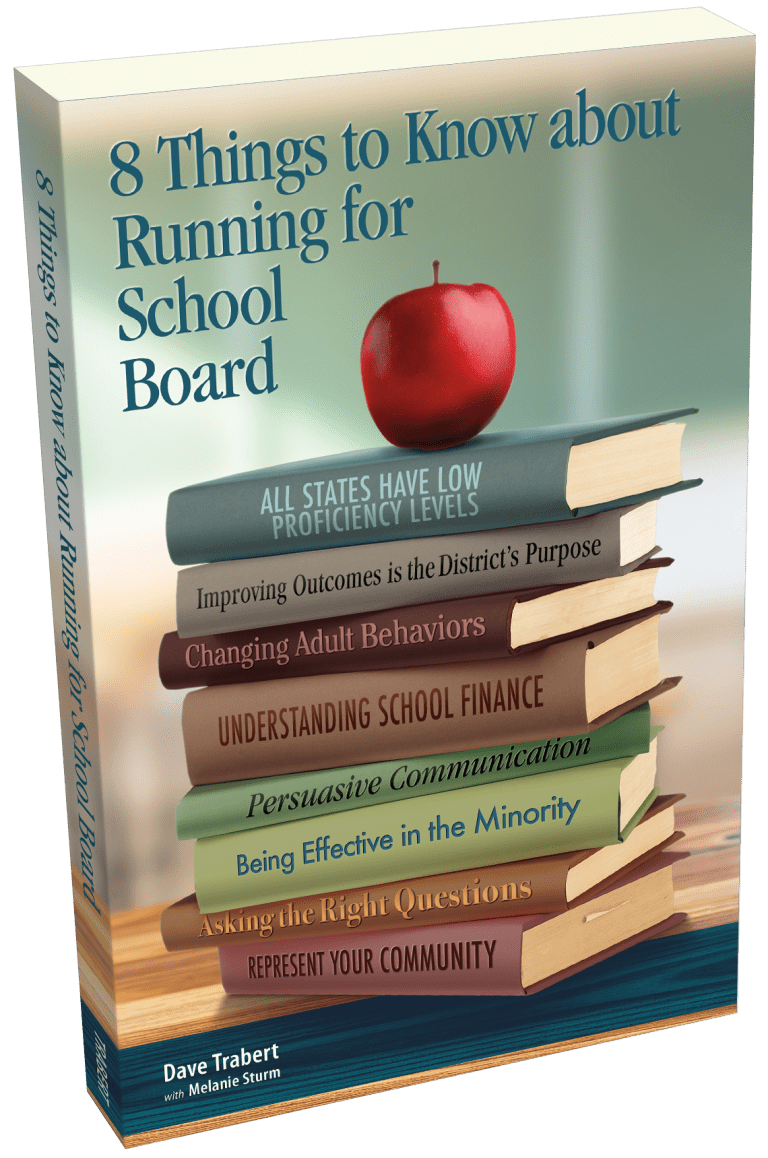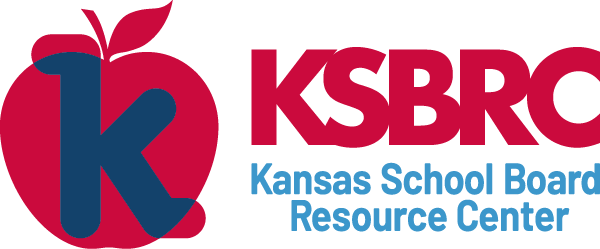8 Things to Know about Running for School Board
First-time school board members are often shocked when they take office. They understandably assume that improving student outcomes is a school district’s primary focus. Instead, they routinely find a plodding bureaucracy consumed with meeting the needs of adults in the system and responding to state and federal authorities.
Most school districts have a serious student achievement crisis. It may not be apparent, but the issues are there if you know where to look. School administrators want students to do better, but their actions demonstrate that many are unwilling to change their behaviors to make it happen.
This book helps potential school board candidates understand what lies ahead and how to be effective once elected. It includes lessons on interpreting student achievement reports and making improved outcomes the district’s top priority. Meeting proficiency goals requires the board to lead systemic change, so there are lessons in setting goals, implementing a process to identify and overcome barriers, and managing a collaborative process.
Lessons on the basics of school finance include examining school budgets for opportunities to reallocate resources and fund changes needed to overcome proficiency barriers. Persuasive communication skills are essential to get elected and to help lead the mission, and the book offers lessons in overcoming objections, handling controversial topics, and building consensus.
This book does not distinguish between conservatives and liberals, Democrats and Republicans, or other political leanings. It is agnostic to such labels and unapologetically aims to help candidates and school board members advocate more effectively for improving student outcomes. Everyone in the system has worked very hard, but proficiency levels remain stubbornly low. Board members must lead a transformative process with an attitude of ‘no one is to blame, but everyone is responsible’ to get students the education they deserve.

